Putting Strategy to Work
How Oishei is Moving from Vision to Action
October 22, 2025
Nearly two years ago, the Oishei Foundation adopted a new strategic direction, informed by community data, partnerships, and relationships. That direction called us to show up differently: to center racial equity, trust, and community voice in everything we do, and to focus our efforts where we could help shift systems and build toward lasting change.
Now, we’re putting that direction into action.
“We made a promise to listen to the community, and to change,” says Christina Orsi, President of the Foundation. “The framework is how we’re keeping that promise. It translates the direction into action and gives us a shared way of working across everything we do.”
This new strategic framework outlines seven interconnected areas of focus that reflect both what we believe in and how we intend to live it out: through our partnerships,our investments in the community, , and our internal operations. These focus areas are the building blocks of a power-building approach—one that amplifies the strengths and leadership already present in the community, and supports those most proximate to true transformation.
“The power we’re talking about already exists in the community,” says Pamela Ross, Leader of Community Impact at the Foundation. “Our job isn’t to build it—it’s to recognize it, honor it, and help remove the barriers that prevent it from being fully realized.”
Christina adds, “The framework centers the community. That’s who this work is for, and that’s who guides it. Our role as a foundation is to be in service of that.”
What's Next
For the Foundation, this work is not just a shift in strategy, it’s a deeper shift in mindset.
“We’ve always had strong relationships with partners,” Christina reflects. “What’s different now is that we’re approaching those relationships with a clearer sense of humility and going deeper into community to expand our partnerships. We’re not the experts. Our partners are.”
That perspective is changing how decisions are made, how relationships are built, and how the Foundation defines success.
Says Pamela, “We’re here to support strengths and assets in the community.”
And while the framework marks a milestone in Oishei’s evolution, it’s only a beginning.
“This is not just a one-time rollout,” Pamela emphasizes. “Our commitment is to institutionalize this work in our organization in perpetuity.”
“You’ll start to see this framework come to life in our investments, our partnerships, our governance, and the way we speak of the work,” Christina adds. “It will guide our actions, and it will evolve as we learn and grow from our experiences.”
About the Framework
Centered on community power building, together these seven interconnected focus areas help the Foundation show up in alignment with its values, and in deeper partnership with the community.
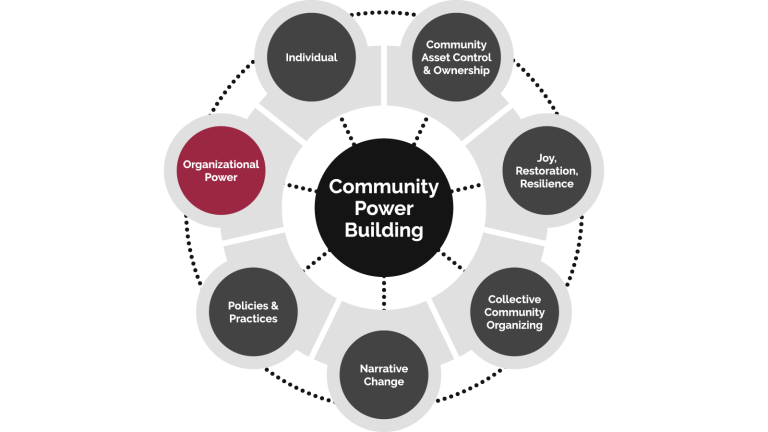
Organizational Power
Evolving beyond traditional capacity-building to make larger investments in the long-term infrastructure–staffing, systems, technology, governance structures–that enable organizations to scale, adapt, and sustain community-driven solutions.
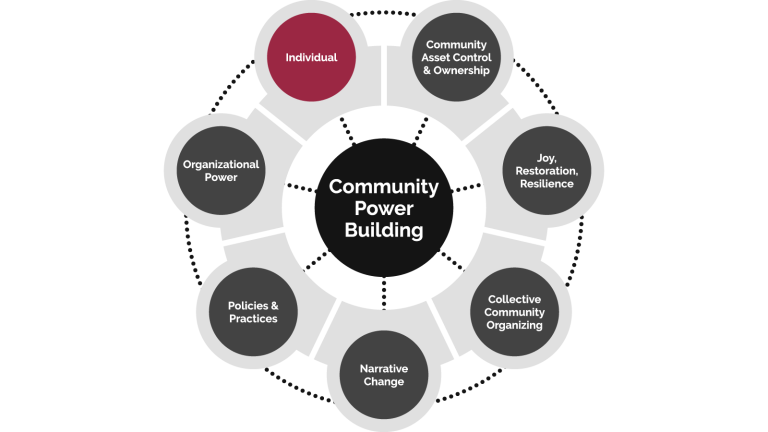
Individual
Investing in the individual power people of color hold to support the advancement of purposeful and unified collective action.
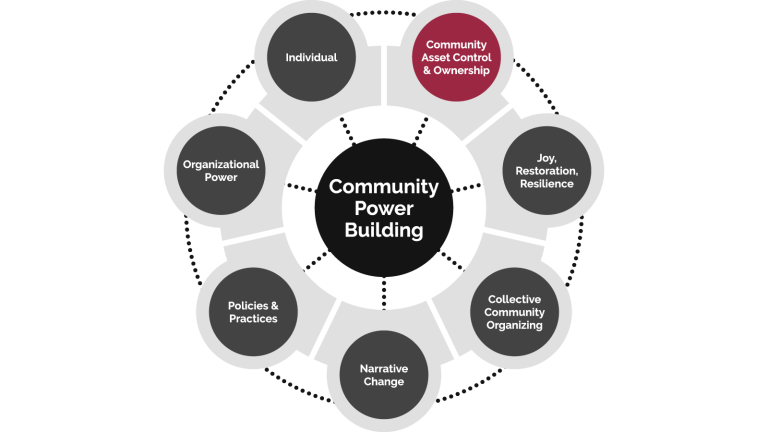
Community Asset Control & Ownership
Focusing on East Side community control of housing, land, and business to rebalance power, address historic disinvestment and build financial prosperity.

Joy, Restoration, Resilience
Investing in Black joy as a deliberate act of resistance and a declaration of power, restoring what harmful systems have dismantled, and fostering healing.
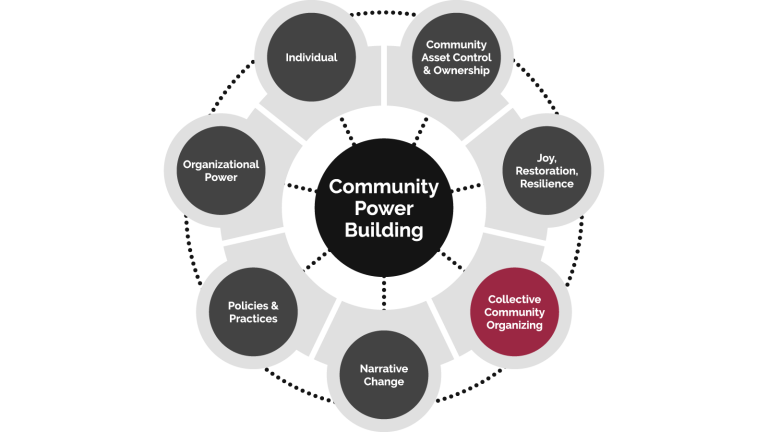
Collective Community Organizing
Strengthening grassroots groups and coalitions that bring people together to build collective power, shape decisions, and drive systemic change at the neighborhood, city, and regional levels.
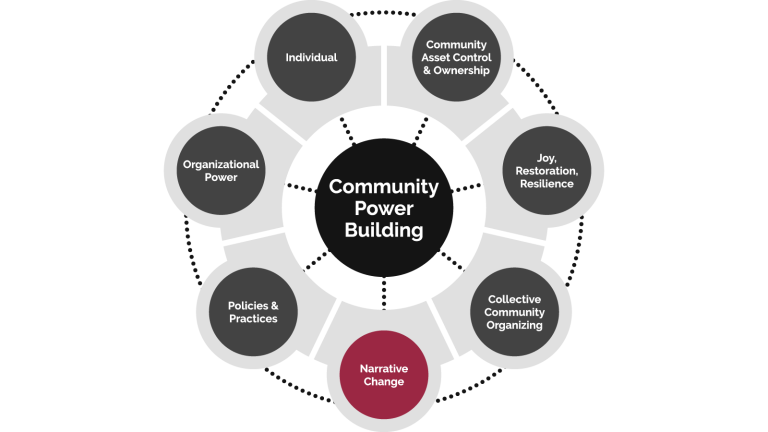
Narrative Change
Moving beyond narratives that solely emphasize challenges and “endurance” and instead focusing on existing strengths and how the community can thrive, heal, and achieve peace and liberation.
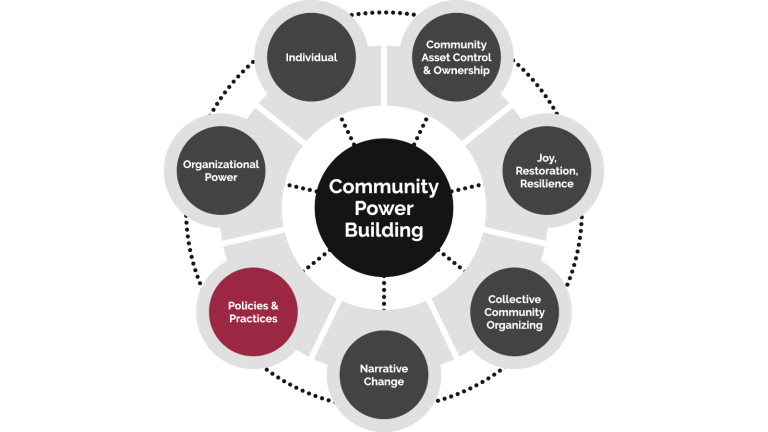
Policies and Practices
Supporting efforts that change the rules—policies, practices, and systems—that perpetuate inequity, while advancing community-driven solutions that create fairer, more responsive institutions.
